History/driving impressions originally published in AutoWeek January 19, 1987
Oft expectation fails, and most oft there where it most promises.
–William Shakespeare, All’s Well That Ends Well
How odd that the Bard of Avon, writing at the beginning of the 17th century, should so aptly describe the 1975 Chevrolet Cosworth Vega.
Expectations great and otherwise were the order of the day when rumors of the Cosworth Vega project surfaced in the early ‘70s. Cosworth Engineering, it was said, would build a 16-valve head for the underachieving but technologically apt aluminum block Vega four-cylinder. Given that a Cosworth-designed V-8 ruled Formula One racing at the time, this was hopeful stuff indeed.
The expectations were realized to a degree in 1975 with the appearance of the first Cosworth Vega. Its centerpiece was a dual overhead cam, four valve per cylinder, 2.0-liter engine with tube headers and electronic fuel injection. In those days of rocker arms and carburetors such an engine was as radical as a as an Ilmor-powered Cavalier would be today. (We’re still waiting for General Motors second 16 valve four, Oldsmobile’s Quad 4.)
But technology doesn’t necessarily bring performance. The Cosworth Vega, in kindest terms, was a failure.
Why? Understand its history. The project began in 1969, before the Vega was introduced. Keith Duckworth, the “worth” in Cosworth Engineering, saw the high silicon content aluminum block under development in Detroit and in January, 1970, began designing a racing engine based on the Vega bottom end.
Enter John DeLorean, then Chevrolet general manager. About this time, DeLorean sent veteran engine design engineer Cal Wade to England in search of new ideas in small engine performance. Wade went directly to Cosworth.
Out of this trip came two things. First, a 260-hp, 2.0-liter Vega-based racing engine, which appeared in November, 1971. The engine would prove to be a rare failure for Cosworth: The aluminum block, with its free-standing cylinder bores, didn’t stand up to racing stresses.
The second result was the Cosworth street engine. Using the Cosworth head, Wade built a running prototype by the spring of 1972. A year later word went to the press that a production 140-hp Cosworth Vega would appear as a 1974 model.
The requisite 50,000-mile emission test scuttled the timetable. Reliability problems plagued the test, finally ending it when one of the two test cars developed terminal ills. Ergo no ‘74 Chevrolet Cosworth Vega.
That could have been the end of it. With ever stricter anti-pollution regulations, an oil crisis and a rotary engine waiting in the wings (the General had planned to convert entirely to Wankel power prior to the oil crunch), who would have blamed GM for dropping the Cosworth Vega?
Chevrolet, however, persevered.
The car finally appeared during the 1975 model year. The overhead cams were there, along with black crackle cam covers highlighted by a raised “Cosworth Vega.” So was a catalytic converter. And the compression ratio was set at a lowly 8.5:1 to accommodate unleaded regular gasoline. Instead of 140 horsepower as promised, the Cosworth Vega was rated at a tepid 110 horsepower. It was a disappointment.
It was not a disaster. The displacement had been decreased from 2.3 liters of the standard Vega engine to just under two liters by destroking, allowing higher rpm and fewer shakes. The power peaked well up the rev range, at 5600 rpm, and maximum torque—107 lb-ft—came at 4800 rpm, a point where the standard Vega gasped for air. There was a forged steel crank and every engine was signed by its builder. A numbered dash plaque was part of the package.
Chevrolet planned on building 5,000 Cosworth Vegas in 1975, but in two years only a total of 3,508 were made. It was quietly discontinued after the 1976 model year.
Why didn’t it sell? Perhaps because it took too long to come, and because there was too little when it arrived. You couldn’t get air conditioning or an automatic transmission (though a five speed was optional). And at $6,000 in 1975, it was just too expensive for a Vega, by then already a victim of a horrendous publicity.
But as the Bard said, all’s well that ends well. John Chidester of Bowie, Md., a member of the Cosworth Vega Owners Association and owner of a 1975 model, let us sample us car. It was, like all 1975 models, black with gold trim. (Other colors came in ’76.) Inside we were confronted by a rather garish – by today’s standards – a gold plastic “engine-turned” dash. The seats were low and the dash and hood high, and well, you have to remember that the Chevrolet Cosworth Vega was a design of the ‘60s.
Tue to design, the engine ran smoothly if rather gutlessly down low. It unwound like silk thread from a spool from there, but stock Cosworth Vegas were not quick. The quarter mile took 18.5 seconds: 0-60, 12.5 seconds. By comparison, the 16-valve Volkswagen GTI on this week’s cover accelerates to 60mph in 7.8sec…
The problem was one of breath and emissions. Thanks to Gene von Guten of Westminster, Maryland, we tried a Weber equipped Cosworth Vega, and saw acceleration times under 10sec. It was much closer to expectations, it was more what DeLorean and Duckworth had in mind.
More’s then the pity that history conspired against one of General Motors’ more inspired concepts.
General Motors–Chevrolet–missed two marks in 1975, the aforementioned Cosworth Vega, which at least went into production, plus the first iteration of the rotary engine (General Motors Rotary Combustion engine, GMRCE, or GMRE). Publicly, as much as GM released, it was intended for the 1975 Vega, at least per public knowledge, or more specifically, the yet to be annouced Chevrolet Monza 2+2, which was built to accommodate the rotary engine. It would cost Ed Cole his job as GM President. He was allowed to kill the rotary engine project and then step down. But that’s another story.









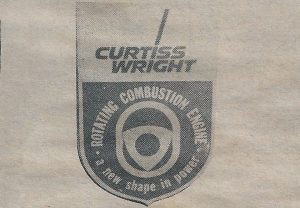
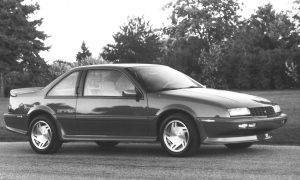
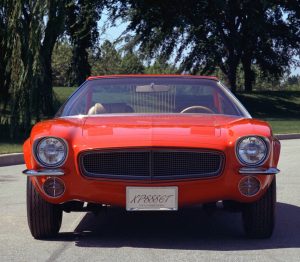
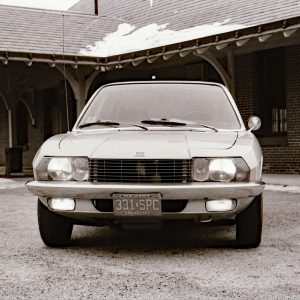
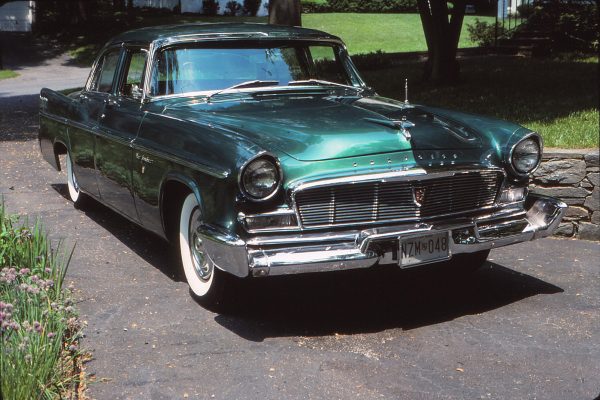
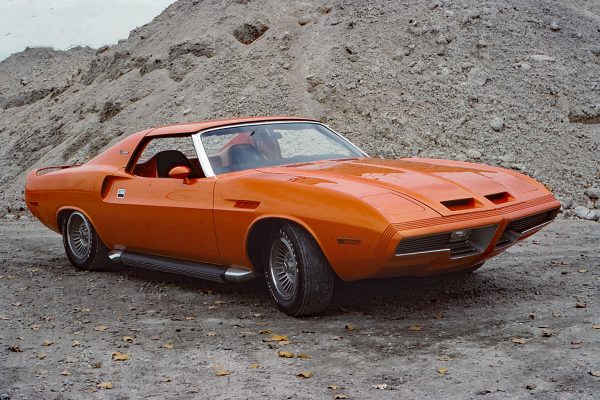
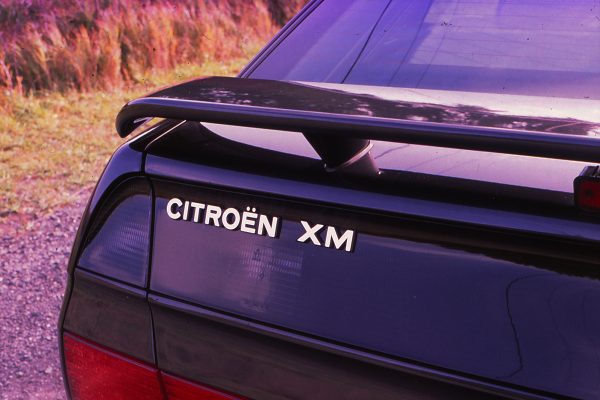
What Do You Think?
You must be logged in to post a comment.